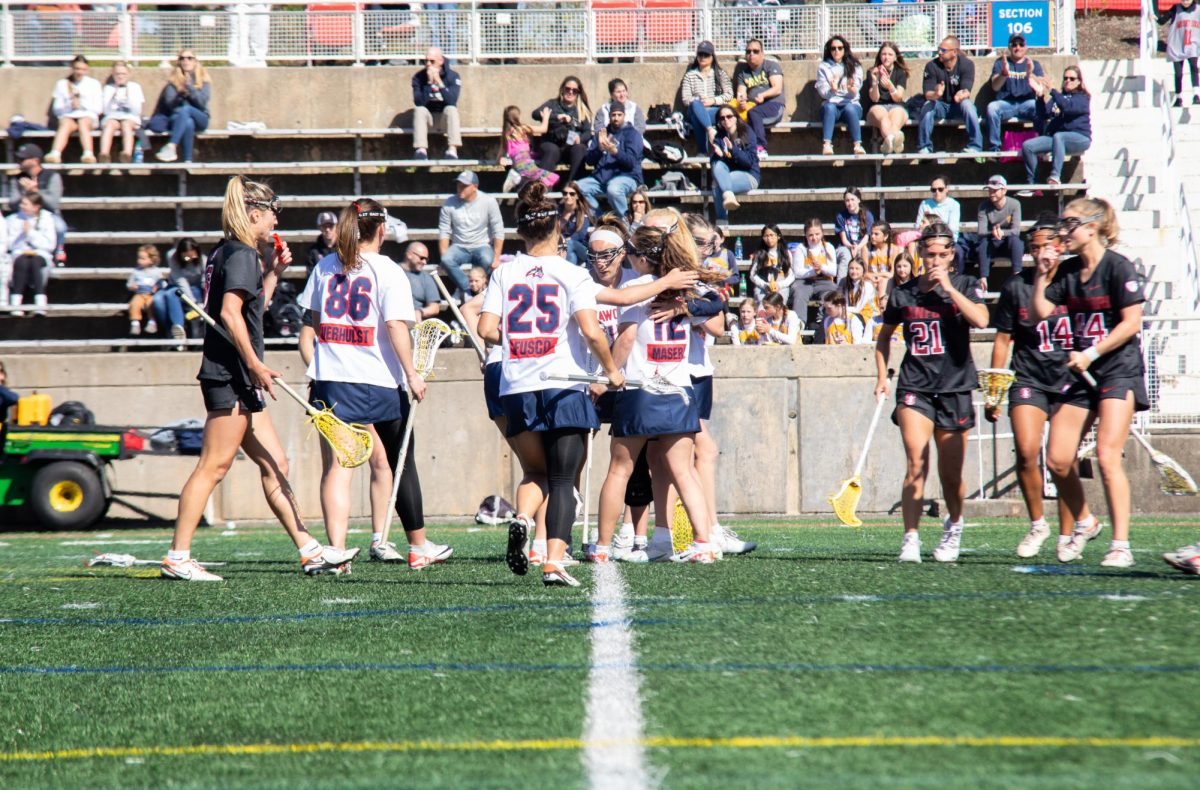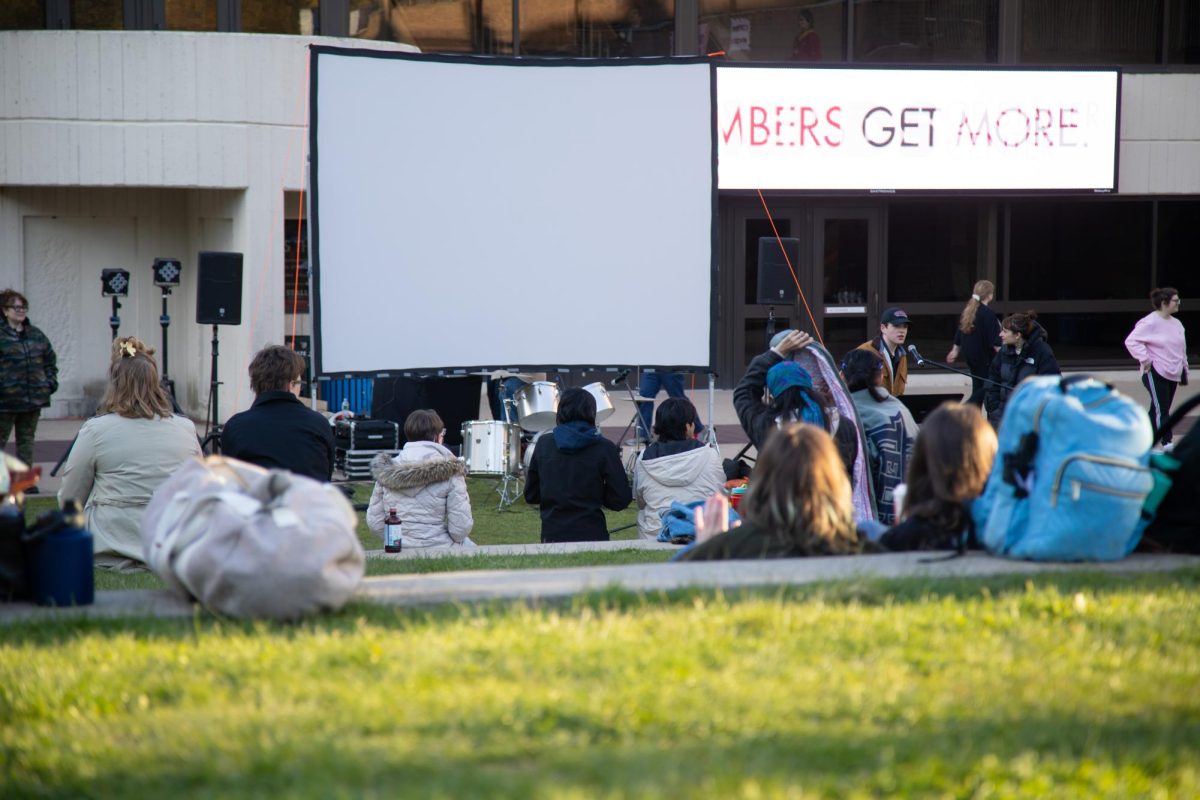Job and internship fairs are opportunities for students to gain recognition for the work they do in their prospective fields. However, navigating these fairs is often challenging for students.
In an increasingly competitive academic environment, how are students to outshine their peers and spark employers’ interest? The Stony Brook University Career Center has an insightful set of tips, including what to do in the weeks leading up to the event, the day before, the day of and the day after.
“Preparation is key,” Andrea Lipack, the Career Center’s associate director for employer relations, said. “Students have access to [a] current and up-to-date list of employers attending our fairs via Handshake. They can access the list under ‘Fairs’ and review the companies and details regarding the types of positions they are recruiting for.”
Lipack manages Handshake, the university’s job posting and recruiting system, and is involved in developing relationships with recruiting employers. She said she and her team always tell students to keep an open mind and never stereotype employers based on what they do. Instead, she recommends assessing them based on the kinds of career opportunities they have to offer.
Student Employment Coordinator and Event Manager Karen Clemente considers it very important for students to know what they’re getting into beforehand, rather than walking in blind. She recommends attending recruiter seminars and reviewing the available Handshake guidebooks in advance.
For students who enter these fairs with anxieties, the Career Center website suggests ensuring calm nerves through pre-planning. Laying out an outfit that allows for “a clean and conservative look” the night before, mentally preparing oneself through the maintenance of a positive mindset and getting a good night’s sleep are all important strategies. Students should also give themselves time to calm their nerves by breaking the ice with companies lower on their list.
“So what they should do is they should have their resume reviewed first off here,” Clemente said. “And learn what not to say when they approach a table. A lot of times — from what I’ve heard from some employers — a student will go over to a table and [say] ‘What does your company do?’ That’s the worst thing you can say to an employer.”
Another suggestion is creating a “60-second commercial,” or a brief introduction that exudes confidence and poise. Positive body language, correct posture, eye contact, clear speech, a projected voice and proper enunciation all serve key roles in how employers receive students.
“Being prepared to walk up to the table and tell the employer why you feel you are a good fit and what specific skills you have to offer based on what they are recruiting for really makes you stand out,” Lipack said.
The ultimate goal of the fairs run by the Career Center is that students make a connection. A common misconception is that students will leave these fairs with an interview or job right off the bat. In reality, the purpose is to leave lasting impressions.
Following up with prospective employers is most important, as it allows students to speed up the process and create opportunities for themselves, Lipack said.
Regarding department-specific tips, students are encouraged to speak with Casey Savin, the Career Center’s student employment program assistant. Even so, Lipack said the tips are virtually the same for all students.
“Know what employers are looking for and make it easy for them to see why you are the perfect fit,” she said.
While the Career Center does not have statistics on the number of students who successfully gain internships or jobs as a result of the fairs, Lipack said both students and employers are surveyed after the fairs.
“The response rate is not good on either side,” she said. “It’s very frustrating. We want to know the results. I can tell you through anecdotal feedback that many, many students make a connection that leads to a first interview through the fair. This many times leads to offers. So, it definitely works.”
Clemente said there are many resources and opportunities available to prepare students, and all students have to do is take advantage of what is in front of them. If a student is nervous and wants to experience a mock interview, they can make an appointment with a counselor and be interviewed, she said.
Additionally, when staff members at the fairs notice that students appear especially nervous, they will often approach the students and try to assist them.
“Staff members are always on hand to talk to students,” Lipack added. “We all wear red shirts so we are easy to find in the crowd, or at our Career Center resource table.”
“We want the students to know that we’re here,” Clemente said.










